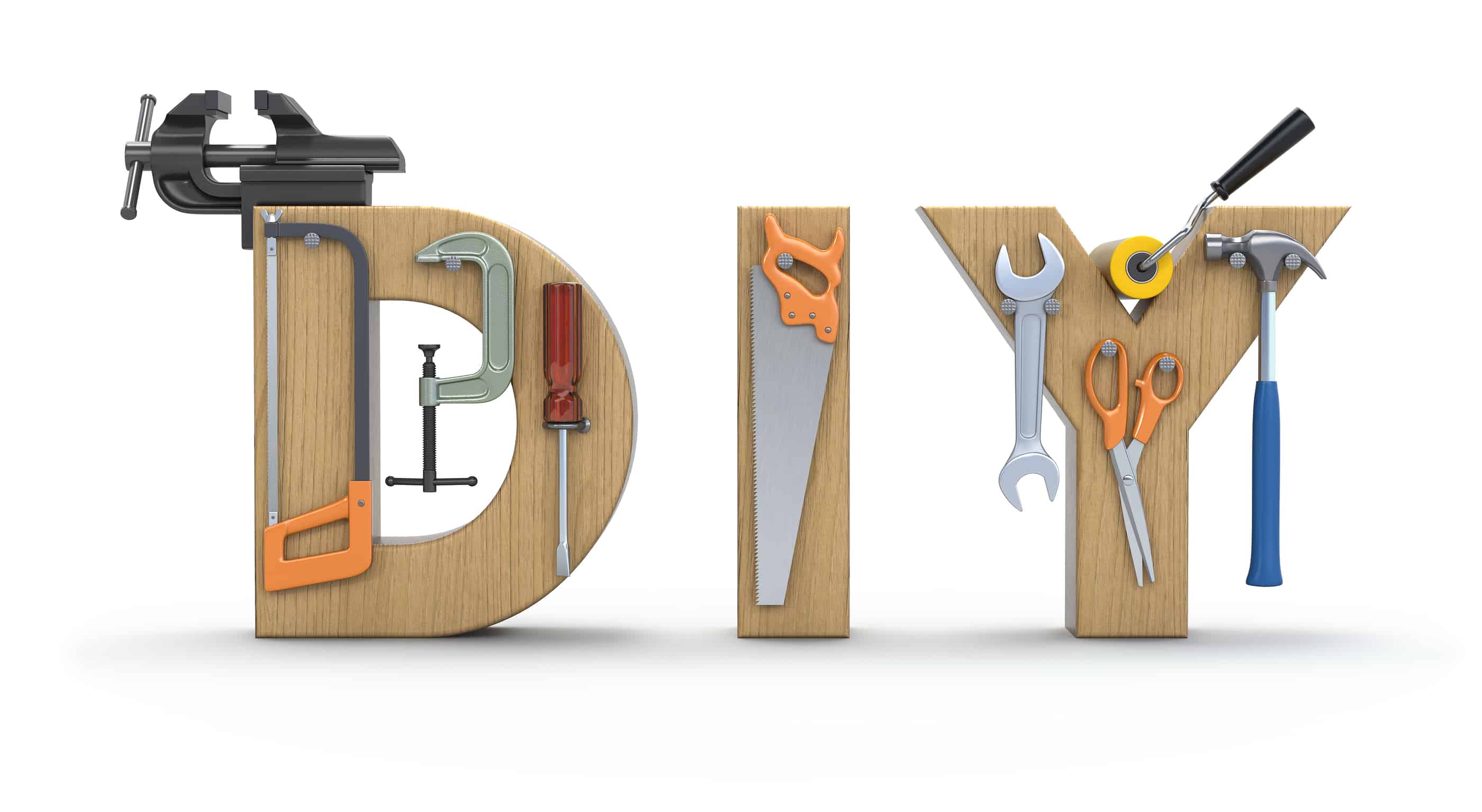The Costs of Doing It Yourself
The Do It Yourself (DIY) movement is part of our culture. The DIY Channel focuses on do it yourself projects at home. In the workplace, saving money by doing tasks “in house” is appealing. Employees think they can score points and increase job security by showing how they reduced costs with their own DIY activities.
When it comes to Marketing, PR, Communications and Selling, many companies subscribe to the Do It Yourself (DIY) approach by:
• Having “creative” work attempted by in-house staff who are not creative professionals.
• Failing to augment internal Sales Training & Coaching with outside expertise.
• Thinking that writing and sending a press release is doing PR.
• Lacking the confidence to have others involved in developing strategic goals and initiatives.
• Ignoring market research by thinking they already know what they need to know.
But how much are we really saving? What are the costs of doing it yourself?
“Your Time” Cost
Decision makers often don’t accurately assess the value of their team’s time. While these are sunk costs incurred anyway, that time could be spent elsewhere. Estimate the time you and your team will spend on the DIY project and put a real dollar value on it. Your DIY out of pocket savings might not match the value of your team’s time.
“Opportunity” Cost
You don’t have the experience and talent of the experts, so it will take you longer to finish the work. The more time it takes to complete a project, the more the value of that activity is reduced. Your competition might be first to market and exploit an opportunity.
“Quality” Cost
Unfortunately, the end result of DIY activities is often a lower-quality outcome. Think of what you and your company do. When your prospective clients follow the DIY approach, is their quality as good as yours?
“Brand” Cost
Your personal brand and your company’s is impacted by just about everything you do. You risk hurting those brands if the DIY approach leads to a lesser-quality outcome.
“Leadership” Cost
When you have the confidence to utilize an outside expert, you show leadership. Strong leadership involves informal and formal guidance of others—inside and outside your organization.
Sometimes doing it yourself can work. Just make sure you have done a true analysis of the many costs so you can evaluate whether or not there really is a DIY ROI.


